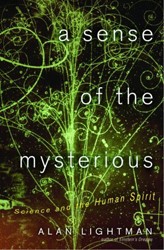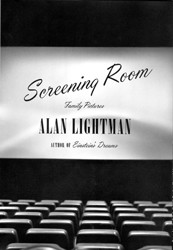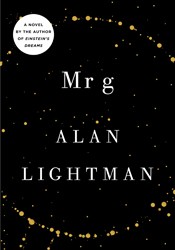In the introduction to The Discoveries, Alan Lightman notes that students of philosophy read the original writings of philosophers, political scientists read original documents that influence political science, like the Constitution, and of course, students of literature immerse themselves in the writings of the great classics. However, Lightman observes that students of science rarely read the original papers that mark the great discoveries in science. His remedy is a compilation of 25 seminal works that mark 22 of the greatest scientific discoveries of the 20th century. These papers cover topics from the structure of the atom to the expansion of the universe and include great breakthroughs in biology such as the function of the Krebs cycle and crossing over of chromosomes.
Along with the original papers, many written by renowned Nobel laureates, others written by forgotten scientists, Lightman includes an introductory essay for each topic. In a clear, informative and highly readable style, Lightman begins each introduction by setting the historical stage for each discovery. This includes political and social events of the period, as well as a discussion of the scientific knowledge that often accumulates before great discoveries. Lightman also provides a short biographical sketch that gives insight into the personalities behind each of the discoveries. Most importantly, Lightman walks the reader through the scientific papers themselves, pointing out key passages and providing explanations for more arcane or specific scientific details. This section of the introduction removes some of the veneer from the papers, illuminating the writing so that the reader can experience the original wording and the newly-crystallized descriptions of some of the most important concepts of modern science.
Where possible, Lightman builds upon earlier discoveries in his introduction. This lends a sense of plotline to the entire book, drawing together many of the great scientific ideas of the 20th century. The only negative feature is hand-drawn illustrations that, although clear, are not of the same professional quality as the rest of the book. Nonetheless, The Discoveries is a unique collection, bringing together a profound selection of original writing and a lucid and informative collection of introductory essays that provide a rare look at the minds and the settings that produced the great scientific breakthroughs of the last century. Includes photographs, notes and an index.





